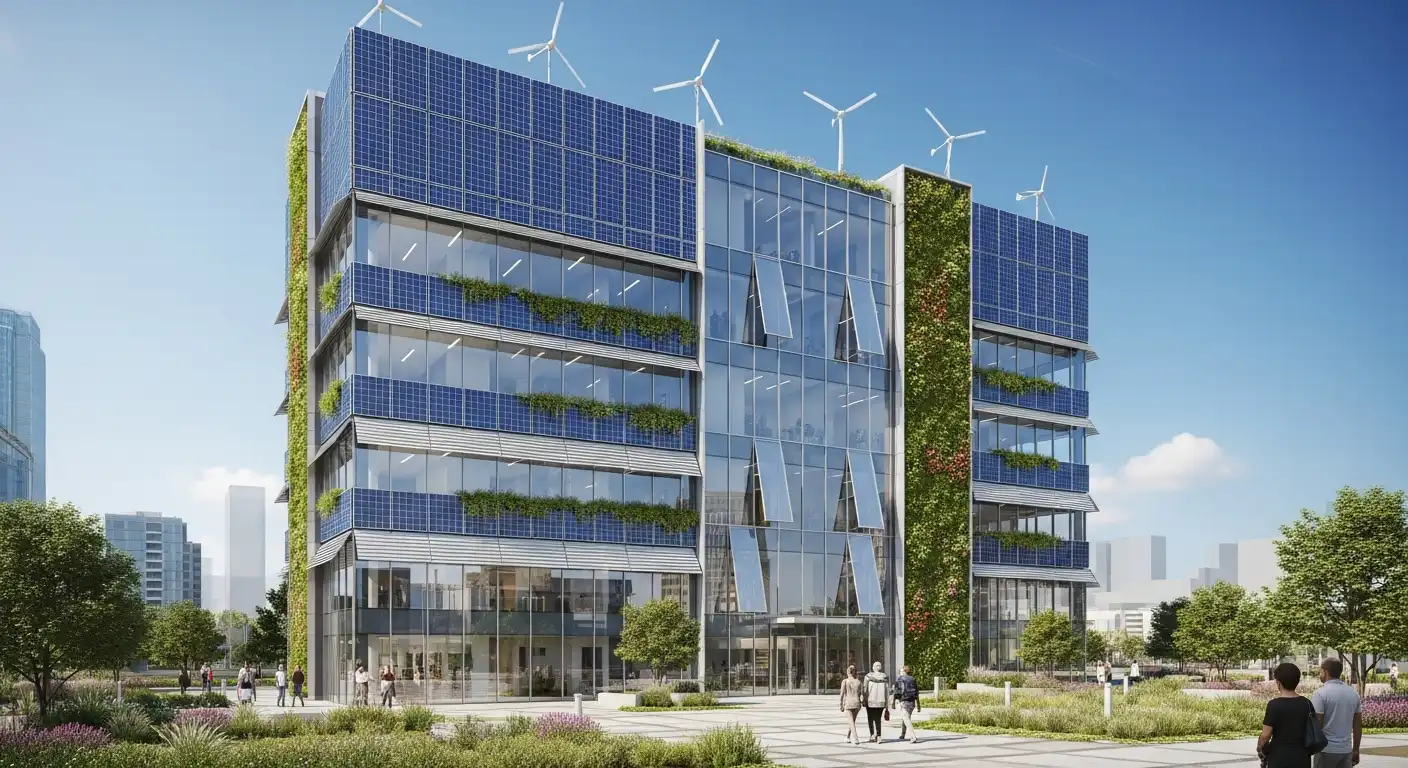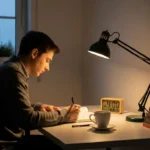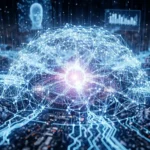Energy-efficient building design has become a cornerstone of creating sustainable and environmentally conscious structures worldwide. This comprehensive exploration delves into the intricacies of energy-efficient building design, unraveling its fundamental principles, key components, recent innovations, notable applications, and its transformative impact on reshaping the landscape of construction, urban planning, and energy consumption.
Understanding Energy-Efficient Building Design
Energy-efficient building design focuses on minimizing energy consumption, reducing environmental impact, and optimizing the overall performance of structures. This approach involves integrating sustainable materials, efficient systems, and innovative technologies to create environmentally responsible and economically viable buildings.
Key Components of Energy-Efficient Building Design
The core components of energy-efficient building design contribute to its functionality, sustainability, and overall impact on the built environment:
- Passive Design Strategies: Incorporating passive design elements such as optimal building orientation, effective insulation, and strategic placement of windows to maximize natural lighting and ventilation.
- Energy-Efficient HVAC Systems: Installing heating, ventilation, and air conditioning (HVAC) systems designed for energy efficiency, utilizing technologies such as variable speed compressors, energy recovery ventilation, and smart controls.
- Renewable Energy Integration: Incorporating on-site renewable energy sources, such as solar panels or wind turbines, to generate clean and sustainable power for the building’s operations.
Recent Innovations in Energy-Efficient Building Design
Recent innovations have propelled energy-efficient building design to new heights, addressing challenges and expanding its applications. Notable advancements include the integration of smart technologies, the use of advanced materials, and the development of energy-efficient building certification programs.
Smart Building Technologies
Integrating smart building technologies involves using sensors, automation, and data analytics to optimize energy usage. Smart thermostats, lighting controls, and occupancy sensors contribute to real-time monitoring and energy efficiency.
Advanced Building Materials
Innovative building materials, such as high-performance insulation, phase-change materials, and green roofs, enhance the thermal efficiency and sustainability of buildings. These materials contribute to decreased energy consumption and environmental impact.
Energy-Efficient Certification Programs
The development of energy-efficient certification programs, such as LEED (Leadership in Energy and Environmental Design) and BREEAM (Building Research Establishment Environmental Assessment Method), sets industry standards and encourages the adoption of sustainable practices in building design and construction.
Notable Applications of Energy-Efficient Building Design
Energy-efficient building design has diverse applications across various sectors, contributing to reduced energy consumption, lower operational costs, and a healthier indoor environment.
Sustainable Commercial Buildings
The design and construction of sustainable retail buildings that incorporate energy-efficient features and renewable energy sources reduce operational costs for businesses while minimizing their environmental footprint.
Green Residential Construction
In the residential sector, energy-efficient building design is employed to create green homes, prioritizing energy conservation, indoor air quality, and environmentally friendly materials, thereby providing homeowners with sustainable and comfortable living spaces.
Challenges in Energy-Efficient Building Design
Despite significant advancements, energy-efficient building design faces challenges that impact its widespread adoption and effectiveness. Addressing these challenges is essential for the continued growth and integration of sustainable building practices.
Upfront Costs
The upfront costs associated with incorporating energy-efficient features and technologies in building design can be a barrier for some developers. However, the long-term benefits of reduced operational costs and increased property value often outweigh these initial investments.
Resistance to Change
Resistance to change within the construction industry, including traditional methods and reluctance to adopt new technologies, can impede the widespread adoption of energy-efficient building practices.
Future Trends in Energy-Efficient Building Design
The trajectory of energy-efficient building design indicates exciting trends that will further redefine its capabilities and applications. These trends promise to enhance efficiency, improve sustainability, and contribute to the overall strength of the built environment.
Net-Zero Energy Buildings
The concept of net-zero energy buildings, in which on-site energy generation equals or exceeds energy consumption, is gaining prominence. Advances in renewable energy technologies and storage contribute to realizing net-zero energy goals.
Integration of Biophilic Design
Integrating biophilic design principles that emphasize the connection between occupants and the natural environment is becoming more prevalent. Incorporating natural elements, green spaces, and daylighting enhances building occupants’ well-being while promoting energy efficiency.
Conclusion
Energy-efficient building design is critical in the global effort to create sustainable and resilient environments. From passive design strategies and energy-efficient HVAC systems to the integration of smart technologies and advanced materials, the impact of these design principles extends across diverse sectors. Despite challenges, ongoing innovations in smart technologies, certification programs, and a growing awareness of sustainability trends signal a promising future for energy-efficient building design. As research and development continue to push the boundaries of what is possible, energy-efficient building design is poised to play a central role in shaping a more sustainable, efficient, and technologically advanced future for the construction industry.





